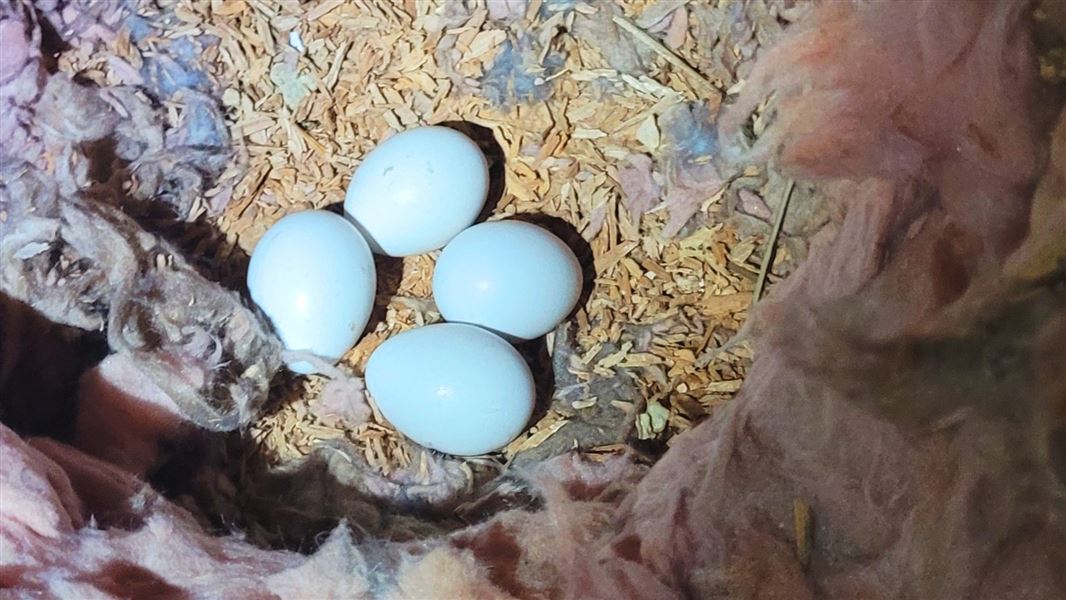
Introduction
DOC is urging people to check their home’s eaves and attics to ensure there are no feathery squatters like kākā this breeding season.Date: 01 October 2024
Breeding season for kākā is in full swing September through to April, and mated pairs will be prospecting for nesting sites. David Moss, Ranger Biodiversity, says your attic might be prime real estate for these feathered flat-hunters.
“We’ve had a few calls from people checking for rats in their attic and finding a parrot with a large beak looking back at them instead,” says David. “Rangers corralled a kākā in the attic of a house in Aro Valley last week, and we expect it won’t be the last one.
North Island kākā have a conservation status of At Risk-Recovering under the New Zealand Threat Classification System. One of the biggest threats to the kākā is loss of habitat, as they require large tracts of forest to thrive. They also nest in hollow trees, and if there are none nearby it can make unsecured attics an attractive option.
“Kākā like sheltered, enclosed spaces for their nests, so old houses with large attics are ideal, especially if there’s a hole in the roof they can squeeze through or make larger.
“They can sound a lot like rats or mice, so definitely check for birds before baiting or setting traps to avoid catching some kākā in the crossfire.”
While majestic, kākā can be very destructive and determined to find the ideal nesting place and could do serious damage to homes and especially insulation.
“Wellingtonians should check their eaves and attic to ensure there are no visitors, feathered or otherwise.”
If you suspect something is nesting in your roof, check it out sooner rather than later. If it’s rats or mice, bait and trap accordingly. But if it does turn out to be a kākā or other native bird, call 0800 DOC HOT (0800 362 468).
Contact
For media enquiries contact:
Email: media@doc.govt.nz